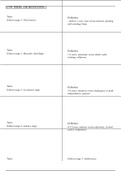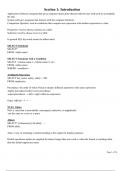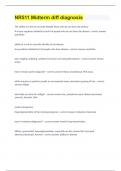Essay
Nitrate Contaminant in Water
- Course
- BUS/MKTG
- Institution
- Thompson River University (TRU )
Nitrate is a regulated water contaminant in the United States. It is very common in the rural areas and causes “blue baby” disease (Methemoglobinemia) when it is over concentrated in water. It is an inorganic compound found in the environment due to both natural and unnatural. Its major compone...
[Show more]






